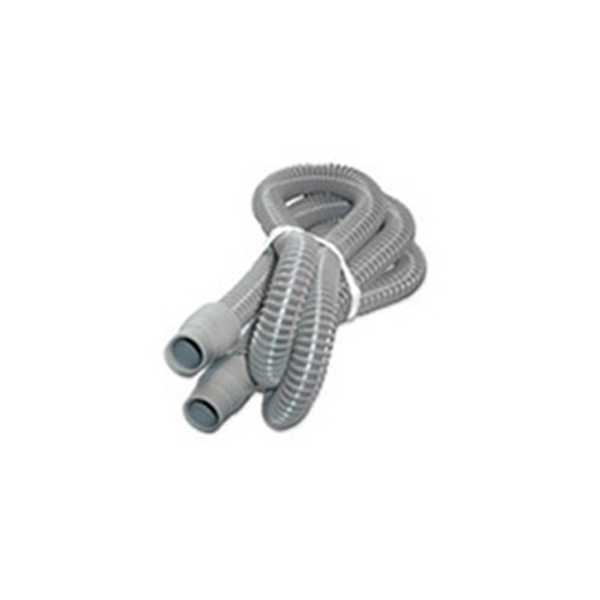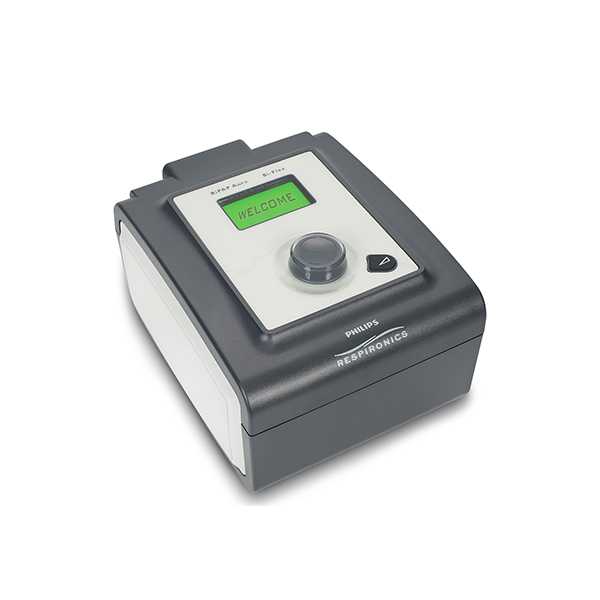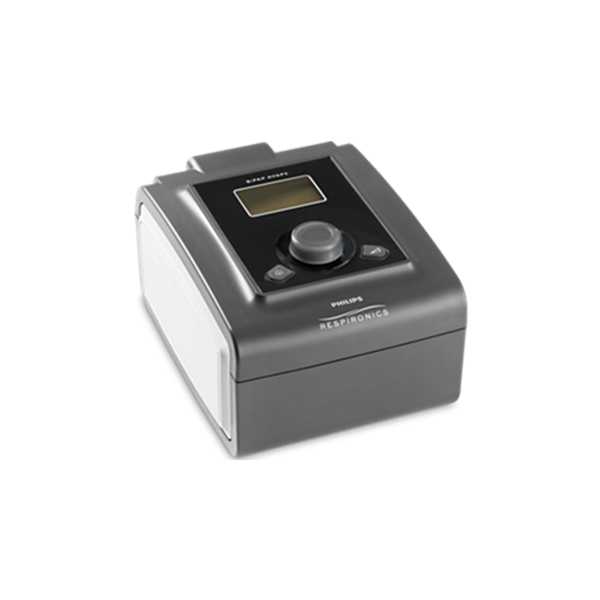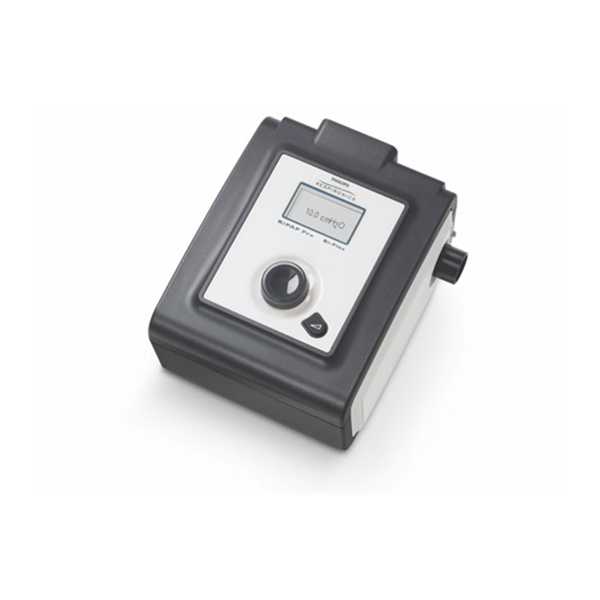philips bipap st
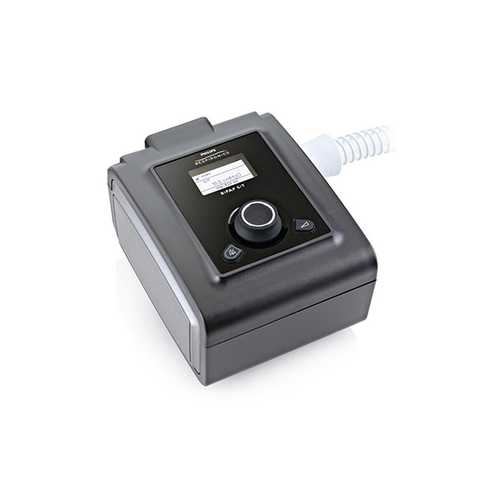
description
Portea offers healthcare services, including nurse care at home, doctor consultations, and in-home physiotherapy. We also provide Philips BiPAP ST for rent or purchase, assisting patients in selecting the most suitable product for their needs.
The Philips Respironics BiPAP ST is a non-invasive home ventilator system catering to many patient requirements. Featuring a user-friendly interface and integrated heated humidification, it ensures easy setup and management for users.
By integrating Respironics’ proven bi-level technology with an enhanced stage, the NIV system, recognized as the “Best Brand” by homecare providers, has improved for clinicians and patients. Many patients find it challenging to exhale against the high pressure generated by Continuous Flow devices like CPAPs. In such cases, doctors recommend using a Bi-level treatment machine, and patients quickly adhere to the treatment.
Indication of Usage
The Philips BiPAP machine provides ventilation for patients with pneumonia or mild respiratory infection.
Audience:
The audience for the BiPAP ST machine is for patients with pneumonia or mild respiratory infection.
features:
Some of the top features of the Philips BiPAP ST are:
- The BiPAP ST is a lightweight, compact, and user-friendly home device. Patients can quickly learn how to use it, ensuring excellent treatment compliance from the start of treatment.
- The BiPAP includes a heated humidifier, enhancing patient comfort during treatment.
- NIV for Obstructive or Restrictive conditions
- Recommended for adult and pediatric patients with respiratory disorders
- Bi-level S & S/T modes for delivering prescribed therapy
- Advanced leak sensing technology with Bi flex for added comfort.
specifications:
| Modes | CPAP, S, S/T-Bi-level S and S/T |
| Main pressure rangesEPAPIPAPCPAP | 4 TO 30 cm H2O4-39 cm H2O4-20 cm H2O |
| Ramp Time of the device | 0 to 45 minutes, in 5 minute increments |
| Breath rate delivered | 0 to 30 BPM |
Technical specifications:
- Modes- CPAP, S, S/T-Bi-level S (spontaneous) and S/T (spontaneous/timed) triggers respond on demand or automatically to deliver prescribed therapy.
- Advanced leak sensing technology with bi-flex comfort technology
- Clinically proven algorithm for advanced event detection
- Warranty- 2 Year
dimensions:
- Dimensions – 7″ L X 5.5″ W X 4″ H
- Weight – 1.36 kg/ 3 lbs.
ALSO KNOW ABOUT:
faqs
1. What is the weight limit for BiPAP ST?
The BiPAP S/T device is designed to offer non-invasive ventilatory support for adult patients weighing over 66 lbs (30 kg) and pediatric patients aged seven years or older weighing over 40 lbs (18 kg) with conditions like Obstructive Sleep Apnea (OSA) and Respiratory Insufficiency. This weight limit ensures the device’s suitability for specific patients needing respiratory support. Buy Philps BiPAP ST or rent it at Portea Medical Equipments to get the best deals. Order now!
2. How long can BiPAP be used?
If BiPAP is needed for an extended period, it’s crucial to take scheduled breaks to allow natural breathing without the machine. During these breaks, additional oxygen can be provided through a small tube (cannula) placed beneath the nose. For individuals using BiPAP for sleep apnea, it can be used indefinitely during nighttime sleep. The duration of BiPAP usage should be determined based on individual needs and in consultation with healthcare professionals.
3. What is the difference between BiPAP ST and CPAP?
The critical difference between BiPAP (Bilevel Positive Airway Pressure) and CPAP (Continuous Positive Airway Pressure) is how they deliver air pressure. BiPAP machines provide varying air pressure levels for inhalation and exhalation, offering higher and lower pressure during exhalation. Conversely, CPAP machines have constant air pressure regardless of whether the user inhales or exhales. This difference allows BiPAP to provide customized support for individuals with specific respiratory needs.
4. How many hours do you wear BiPAP?
To gradually adjust to using a CPAP/BiPAP machine, it’s advisable to start using it during nap time. Then, gradually increase usage to 2 to 3 hours during nighttime sleep, eventually progressing to using it for the entire sleep duration. Throughout this process, healthcare professionals or caregivers will provide the necessary guidance and instructions to ensure a smooth transition and optimal adherence to therapy.
5. What is the difference between BiPAP and BiPAP ST?
What sets BiPAP-ST (ST stands for Spontaneously Timed) apart from the standard BiPAP is its ability to offer inspiratory and expiratory pressure adjustments and maintain a minimum breath rate. If the patient’s breathing rate falls below a specific frequency, the machine will initiate a breath to keep them on track.
6. On which locations can I receive delivery for my Philips BiPAP St?
You can have the Philips BiPap St in Bangalore, Philips BiPAP Avaps in Delhi, Philips BiPAP Avaps in Mumbai, Philips BiPAP Avaps in Hyderabad, and other top cities in India. Rent or purchase Philips Philips BiPap St online from Portea Medical Equipment, and it will be delivered to your doorstep.
list of location we provide bipap products in
Doctor Consultation
Nursing
Physiotherapy
Trained Attendant
Elder Care
Mother & Baby Care
Lab Tests
Medical Equipment
Speciality Pharma
Critical Care

